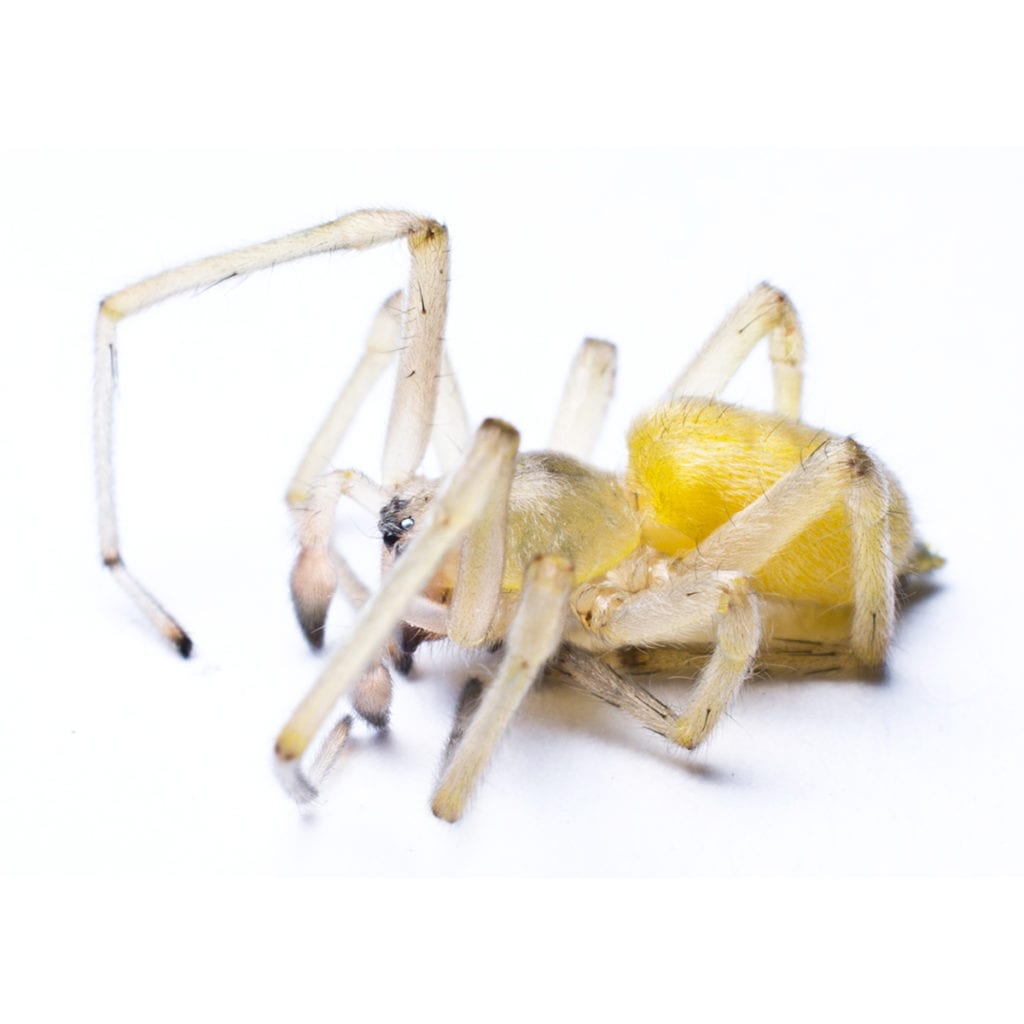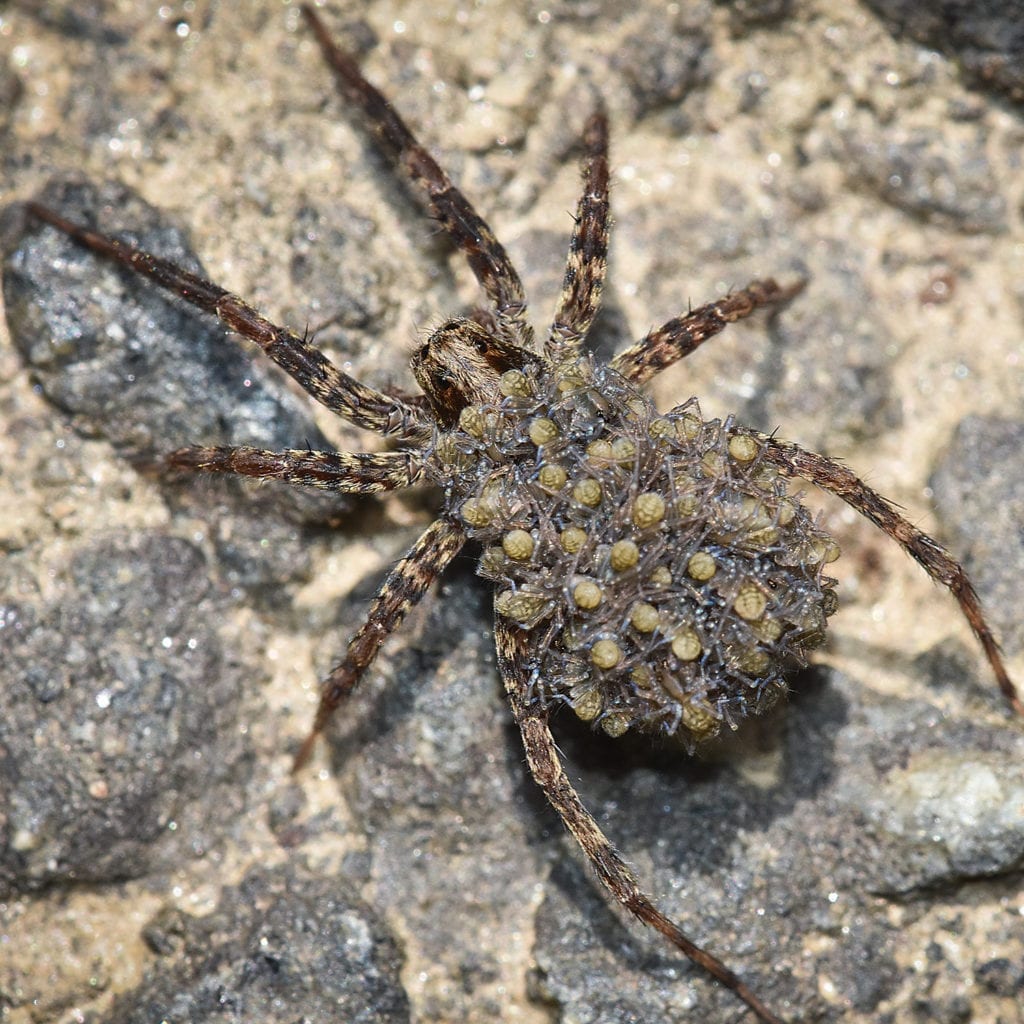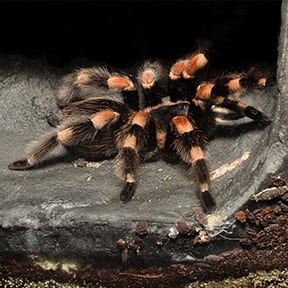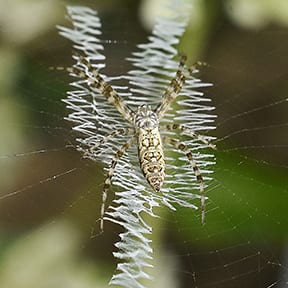Black Widow
The name for these venomous arachnids comes from the female’s tendency to eat the male after mating. They are widely feared as the most venomous spider in North America, as their bite is known to be 15 times more venomous than a rattlesnake bite. Death from a Black Widow Spider bite is very rare. However,…
Read MoreYellow Sac Spider
A nocturnal hunter, the Yellow Sac spider rests in a sac during the day. This spider is a particularly hazardous pest due to its tendency to bite humans. Yellow Sac spiders account for the majority of spider bites in humans. These bites are not particularly dangerous, but they do produce large, red sores followed by…
Read MoreWolf Spider
Ever see a massive spider and assume it was a tarantula? There is a substantial chance that it was actually a wolf spider. Wolf spiders are often mistaken for tarantulas due to their large, hairy bodies. Despite their intimidating presence, these arachnids come in handy when dealing with other pests. Naturally a hunter, the wolf…
Read MoreOrchard Orb Weaver
The Orchard Orb Weaver, or Orchard spider, is named for its prevalence in orchards. It’s a very colorful, beautiful spider, and it tends to spread its webs with other Orchard spiders in a cooperative manner. They inhabit bushes, shrubs, and lower parts of trees and wait for prey to come to them. If you’re dealing…
Read MoreMexican Red-Kneed Tarantula
The Mexican Red-Kneed Spider inhabits the dry areas in western Mexico. They tend to build burrows underneath convenient objects, where they retreat from the heat of the day. While not particularly aggressive, its hairs can cause unpleasant skin reactions in humans.
Read MoreHarvestman Spider
The Harvestman Spider is more commonly known by the nickname, “daddy longlegs.” The Harvestman spider is largely harmless, being a beneficial predator and unable to bite or produce venom. But if you have a problem with Harvestman in your home, don’t hesitate to call a pest control professional for help.
Read MoreFishing Spider
Fishing Spiders grow to be quite large, their legs stretching out 3 inches. These intimidating pests get their name from their affinity to water and predatory nature. They can hunt on land and under water, being able to stay underneath the surface for as long as 30 minutes! Fishing spiders can bite, so seek out…
Read MoreBrown Widow Spider
Brown Widow spiders are similar to Black Widow spiders. The difference lies in their brown appearance, tan and brown striped legs, and the missing red hourglass marking on its back. Unlike Black Widows, Brown Widows tend to make webs in more open areas, increasing the potential for humans to be bitten. Keep these pests at…
Read MoreBrown Recluse Spider
Brown recluse spiders can be a whitish, dark brown, or black-gray color and have a marking resembling a violin on their dorsal side. These spiders only have six eyes, as opposed to having eight eyes like most spiders. Brown recluse spiders are typically between 6-20 mm. These spiders inhabit dry and undisturbed areas, such as…
Read MoreArgiope Aurantia
Known commonly as the yellow garden spider, the Argiope Aurantia is prevalent throughout North America. This spider tends to be a homebody, spreading wide webs wherever it lives and rarely moving far away. They aren’t very aggressive creatures, but if disturbed, they may bite, which feels similar to bee sting.
Read More













